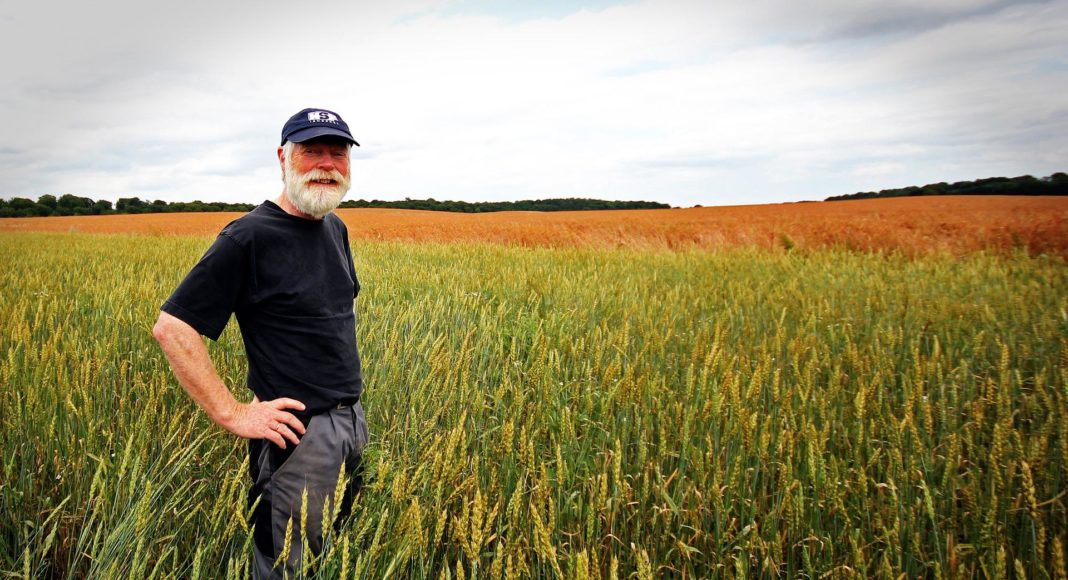More Canadian farmers than ever are shifting their operations to more sustainable practices, the 2021 Census of Agriculture from Statistics Canada shows. In 2021, 64.5 per cent of farms reported using sustainable land practices, up from 53.7 per cent in 2016.
“Another source of transformation in the agriculture sector is the use of sustainable practices to cope with climate change. These adaptations are important, as the frequency of extreme climate events has increased in recent years and such events could represent a challenge for the industry in years to come,” the report says.
Farmers have also started growing more drought tolerant crops with Canadian farms reporting a 24.3 per cent increase in barley acreage — marking the biggest crop acreage jump.
The 2021 census also showed there were more than twice as many farms reporting renewable energy production than in the previous census. Close to one in eight farms in Canada (11.9 per cent) reported some form of renewable energy production in 2021, more than double the rate (5.3 per cent) in the previous census.
Farm Size Continues to Grow
The trend of consolidation of farms that has been reported in previous census’ continued. The proportion of farms with sales of $1 million or more in 2020 was 9.9 per cent, up from 7.2 per cent in 2015.
“Over time, farms have been evolving to become increasingly sophisticated businesses that harmonize automation, modernization and production operations. As a result, many farms have consolidated and become increasingly larger both in terms of sales and number of employees. Conversely, smaller and mid-sized farms are declining in Canada, thereby impacting the rural landscape and profile of Canadian regions.”
A factor influencing the consolidation of farms is aging farmers. In the 2021 census the average age of Canada’s farm operators increased by one year to 56 years, while the median age of farm operators rose by two years to 58 years.
The proportion of farm operators aged 55 and older increased by six percentage points from the previous census, up to 60.5 per cent. The share of young operators was 8.6 per cent, down slightly from 9.1 per cent in 2016.
The challenges of the pandemic did push more farmers to consider succession planning on their operations with the proportion of farms reporting having a succession plan increasing from 8.4 per cent in 2016 to 12 per cent in 2021.
With farms growing larger and farmers aging, the total number of farms in Canada dropped by 1.9 per cent — the smallest decline in 25 years. There was a 3.5 per cent decline in the number of farm operators reported from the previous census.
While the number of farms and overall farmers decreased, the amount of female farm operators increased for the first time since 1991. In 2021, 30.4 per cent of total farm operators were female, up from 28.7 per cent in 2016.
Crop Acres Stable
Acreage for prominent crops have remained quite stable and even increased modestly since 2016, suggesting farmers have proven to be resilient in the face of COVID-19 challenges, a report on the census says.
While farms in Canada reported a 3.2 per cent decrease in total farm area from 2016, the total area for hay and field crops increased slightly, up by 0.3 per cent to 92.9 million acres in 2021. Farms classified as oilseed and grain continue to make up the largest proportion of farms in Canada. In 2021, there were 65,135 oilseed and grain farms, accounting for 34.3 per cent of total farms.
As was the case in 2016, canola remained the top crop in Canada, despite a ban from China that restricting canola exports from Canada for 2018 and 2019. In 2021, Canadian farms reported 22.3 million acres of canola, an 8.1 per cent increase from the last census.
Farms also reported a 2.1 per cent increase in spring wheat acreage from 2016. Spring wheat remained the second-largest crop reported in Canada in 2021 at 16 million acres, followed by barley, alfalfa and durum wheat.
Related Articles
Successful Succession Planning Takes Time, Communication and Work
The Regenerative Ag Debate for Growing Potatoes, is it Possible?
Canadian Potato Acreage to Drop 1.3 Per Cent for 2022: NAPMN











